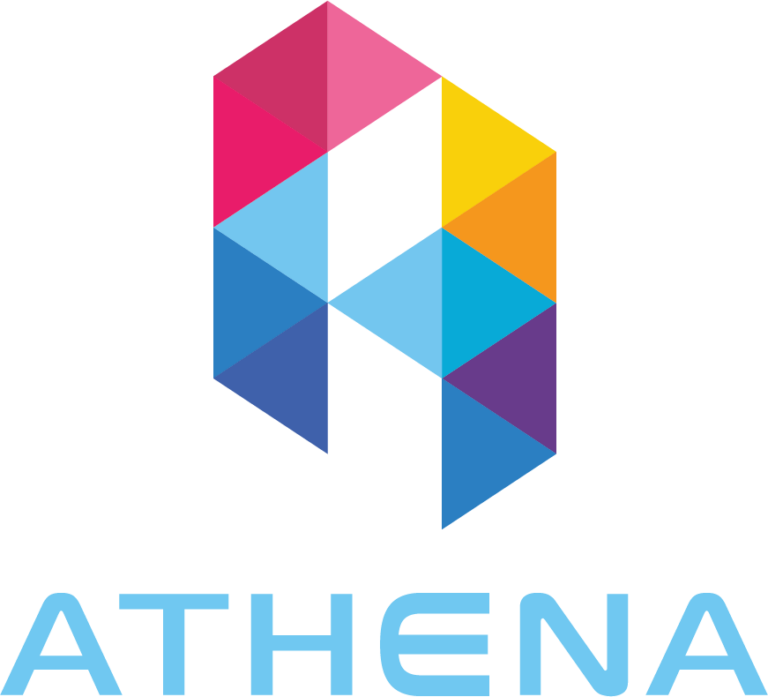Top 5 Features to Look for in a Scalable Trading Platform
In the dynamic world of trading, having a scalable platform is essential for staying competitive. A scalable trading platform adapts to growth, accommodates diverse trading needs, and ensures consistent performance. Here are the top five features to prioritize when selecting a scalable trading platform.
1. Robust Infrastructure for Seamless Performance
Scalability begins with a strong infrastructure capable of handling high transaction volumes without compromising performance. Whether you’re trading Forex, stocks, or cryptocurrencies, the platform should deliver uninterrupted service even during market peaks.
Key Attributes of Robust Infrastructure:
- Low Latency: Quick trade execution with minimal delays.
- High Uptime: Reliable access with minimal maintenance downtime.
- Cloud Integration: Scalable resources to accommodate fluctuating demands.
Why It Matters:
A robust infrastructure ensures traders can capitalize on opportunities without being hindered by platform lags or outages.
2. Multi-Asset Capability
A scalable trading platform supports multiple asset classes, allowing traders to diversify their portfolios without needing separate accounts or platforms. This feature is particularly important for traders who want to explore different markets as their experience grows.
Essential Multi-Asset Features:
- Cross-Market Integration: Access Forex, stocks, commodities, and crypto on one platform.
- Unified Dashboard: Manage all trades from a single interface.
- Real-Time Updates: Market data feeds across asset classes.
Why It Matters:
Diversity in trading options enhances opportunities and mitigates risks, making multi-asset capability a cornerstone of scalability.
3. Advanced Risk Management Tools
As trading volumes grow, managing risks effectively becomes even more crucial. A scalable platform includes sophisticated risk management tools that cater to both novice and experienced traders.
Key Risk Management Features:
- Customizable Stop-Loss and Take-Profit Levels: Automate exits to protect profits and limit losses.
- Margin Management: Alerts and controls to prevent over-leveraging.
- Real-Time Analytics: Insights into potential risks and performance trends.
Why It Matters:
Advanced risk management tools ensure that traders can scale their activities without exposing themselves to unnecessary risks.
4. Integration with Third-Party Tools and APIs
A scalable platform must be flexible enough to integrate with additional tools and services as trading needs evolve. From custom analytics to automated trading systems, seamless integration enables traders to expand functionality without switching platforms.
Integration Essentials:
- API Access: For custom tool development and third-party app integration.
- Plugin Support: Enhance functionality with pre-built modules.
- Data Export Options: For in-depth analysis using external software.
Why It Matters:
Integration capabilities future-proof the platform, allowing traders to scale operations with minimal disruption.
5. Intuitive and Customizable User Interface (UI)
As trading grows more complex, an intuitive and customizable UI becomes indispensable. The platform should offer ease of use while catering to individual preferences and advanced functionalities.
Features of an Ideal UI:
- Customizable Dashboards: Tailor layouts to specific trading styles.
- Simplified Navigation: Quick access to critical tools and information.
- Dark and Light Modes: Enhance user comfort during long trading hours.
Why It Matters:
An intuitive and flexible UI reduces the learning curve and enhances efficiency, making it easier to scale trading activities effectively.


